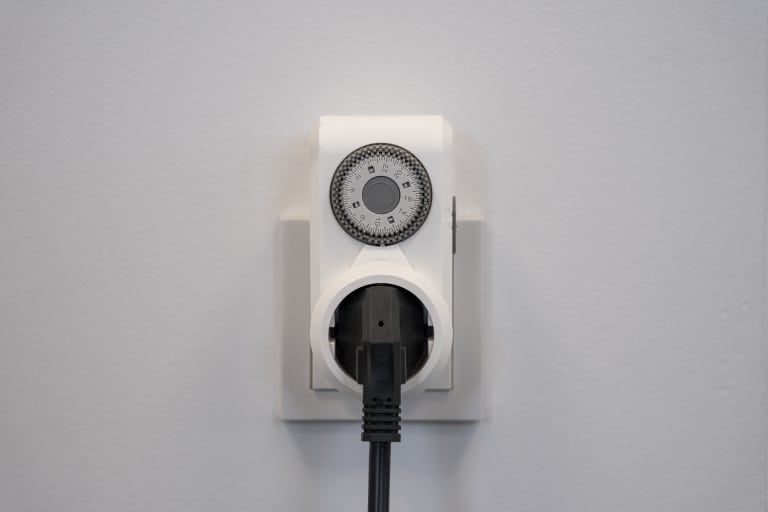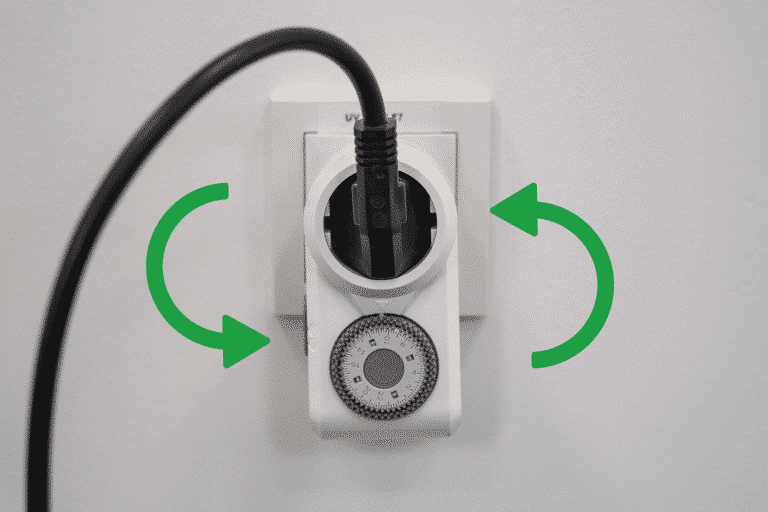
My LED has an afterglow - What are the solutions?
Sometimes it can happen that LED plant lights do not switch off completely for a short time in the dark phase or flash sporadically. Here we try to explain the reason and how this problem can be solved easily.
A small number of customers find that their LED luminaire remains dimly lit during the dark phase or flashes at irregular intervals. The assumption quickly arises that there must be a defect in the light, but this is only rarely the case.
In general, this afterglow can occur when the LED driver releases its stored residual energy to the LED. This can cause the lights to glow for up to a minute. This phenomenon is absolutely normal and does not cause any problems in practice. However, there are also cases where the LEDs continue to glow and sometimes flash briefly even though the power supply has been cut via the timer. This problem can have several causes, most of which can be found in the existing electrical installation.
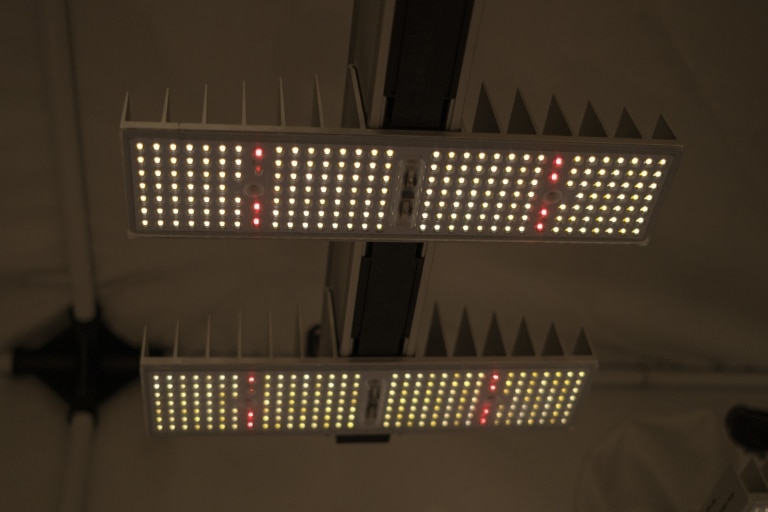
Most lights are controlled with the help of timers. Among other things, it depends on the type used whether an analogue or digital device is used. In this case, the analogue or digital designation does not refer to the way in which the times are displayed on the timer, but to the type of power circuit itself. Analogue timers disconnect the circuit via a relay, which can also be heard during the switching process. The relay has a physical contact when the timer is switched on and no physical contact when it is off. Leakage currents are excluded with this type of timer. However, most timers on the market only disconnect one conductor. Depending on the orientation of the timer in the socket, either the neutral conductor or the conductor through the relay is disconnected. If the orientation of the timer is such that the neutral conductor is disconnected, this can cause the light to afterglow. Digitally switched timers do not have a relay that interrupts the circuit electromechanically. The current flow is interrupted via transistors, which, however, only become highly resistive. This means that a small leakage current can continue to flow to the LED light.
This minimal leakage current continues to supply the driver with power so that the light does not switch off completely or glow. In the worst-case scenario, the LED driver installed in the luminaire charges up and switches on for a few milliseconds. This becomes visible when the light flashes briefly. From a technical point of view, this behaviour is unproblematic and does not cause any damage. However, it is very critical, especially for short-day plants, if they are woken from their “sleep”.
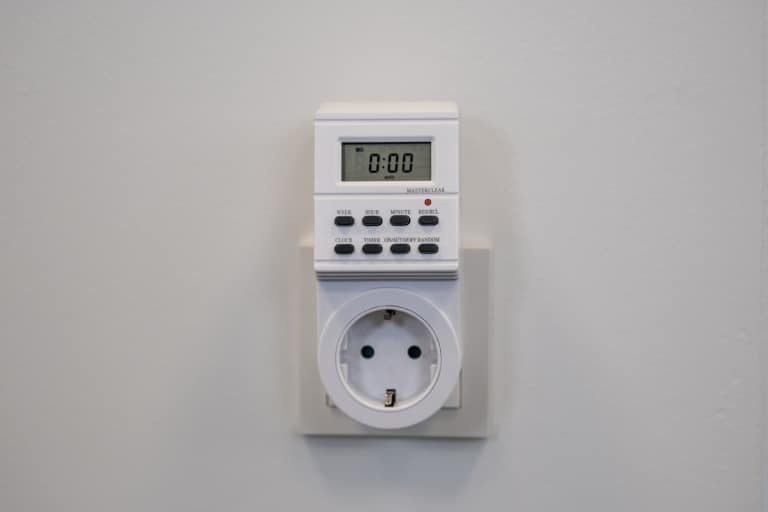
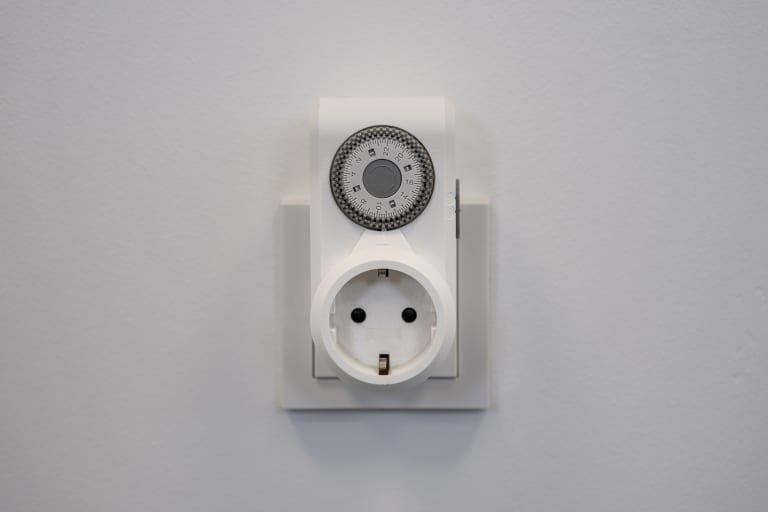
However, the solution to this problem is quite simple...
As mentioned, these problems can occur with digital and analogue timers. In general, we always recommend an analogue timer which cuts the power via a relay. If the LED light still stays on, in 99% of cases it helps to turn the timer and plug 180° into the socket. If you are using an analogue disconnecting timer, this measure will lead to success. With some digital timers, however, twisting the plug may not have the desired effect. The most favourable solution is then to switch to a different timer which cuts the current electromechanically via a relay. Other measures include switching off the light via our Bluetooth dimmer or using additional isolating contactors.
